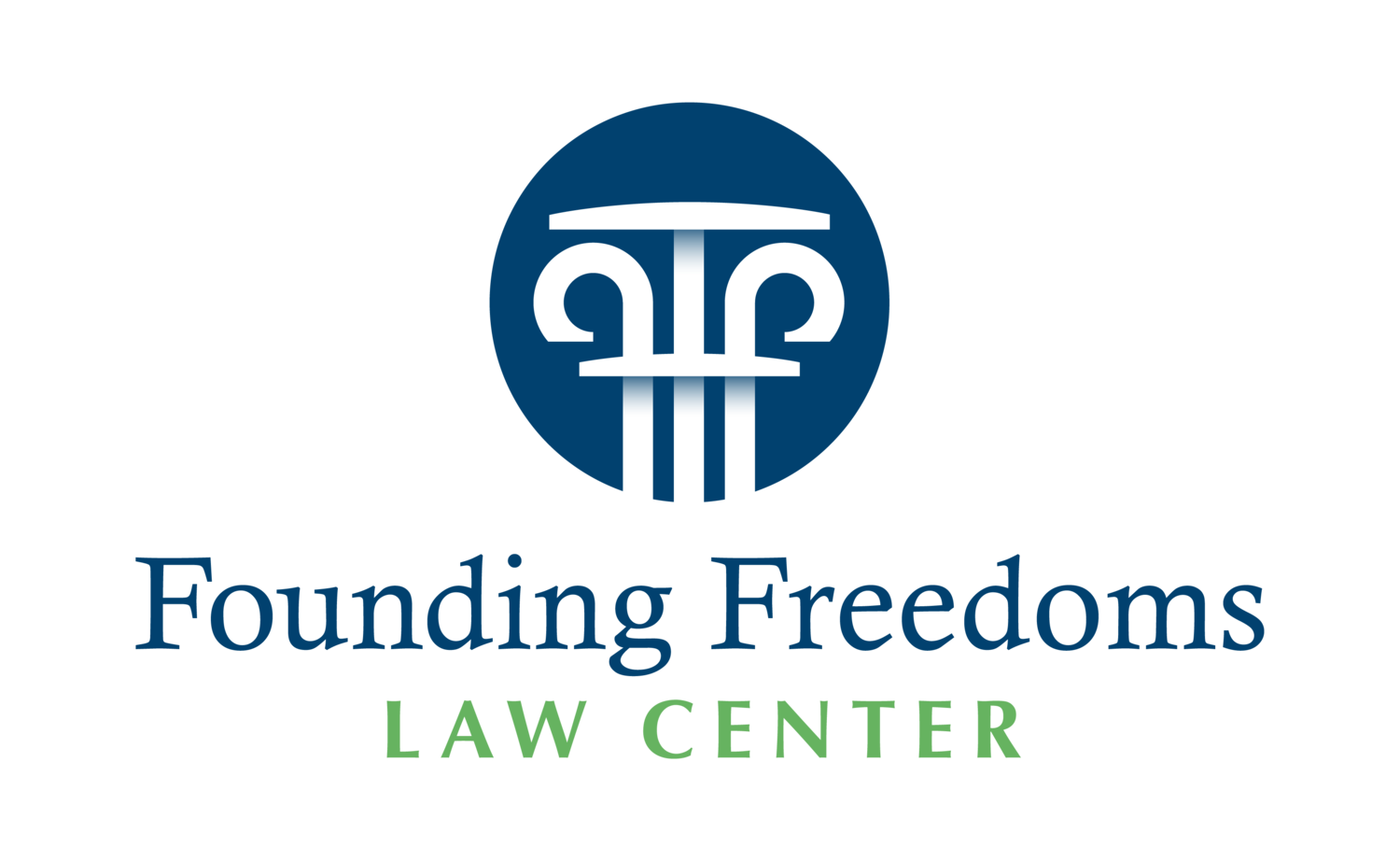The Future of the Judicial Landscape After Dobbs
Countless eyes and ears were on the Supreme Court as oral arguments were heard for Dobbs v. Jackson Women’s Health Organization last Wednesday morning. This could very well be a pivotal point for our country and for generations to come. Dobbs has the potential to completely reshape the judicial landscape regarding abortion. There are good reasons why many anticipate that the Court will not reaffirm the precedent-setting abortion cases of Roe (1973) and Casey (1992), including 1) The current construct of Justices and 2) Dobbs directly challenges the heart of Roe by saying it was wrongly decided from the beginning, leaving the Justices with the decision to either overturn Roe/Casey, or to continue spinning a complex and unworkable web of abortion precedence with its arbitrary line of “viability” and even more arbitrary “undue burden” standard.
If the Court recognizes that abortion is not a constitutional right (and never was), that could very well mean that abortion returns to the states, which will intensify the pro-life fight, yet undoubtedly increase protections for unborn children. If the Court decides to clean up the legally shaky grounds of Roe and Casey, there could be any number of possible outcomes, but if the Court attempts to find some middle ground solution, ironing out the legal complications and undoing the muddled mess of justifications will be a much trickier field to navigate.
While highly unlikely, it is theoretically possible that the Court could choose to go as far as considering an unborn child’s life protected by the US Constitution and thereby making abortion unconstitutional altogether. This was, after all, discussed by Justice Blackmun in his opinion in Roe. However, he ruled against the idea that the word “person” in the 14th Amendment encompassed living, breathing, unborn children on the grounds that they were just “fetuses with the potential to become life.”
In today’s era of advanced technology, there is no room to question that each “fetus” in the womb is a whole, living, unique, human person (with a heartbeat, hiccups, ten fingers and toes, and their own unique set of DNA). Ultrasounds and 4-D imaging, among other modern marvels, have made all of this ubiquitous. And this is the truth that the Court will have to reckon with. Interestingly, Justice Blackmun effectively paved the way for Dobbs to overrule Roe when he wrote, “We need not resolve the difficult question of when life begins. When those trained in the respective disciplines of medicine, philosophy, and theology are unable to arrive at any consensus, the judiciary, at this point in the development of man’s knowledge, is not in a position to speculate as to the answer.” (Emphasis added.)
It is not unheard of for the Court to overturn precedent, especially bad precedent, though it is not common. Yet, it is words like those from Justice Douglas, reiterated by Justice Scalia in South Carolina v. Gathers that can give us hope: "A judge looking at a constitutional decision may have compulsions to revere past history and accept what was once written. But he remembers above all else that it is the Constitution which he swore to support and defend, not the gloss which his predecessors have put on it."
And even the Chief Justice, John Roberts, himself said in Citizens United v. FEC (2010), “[I]f adherence to a precedent actually impedes the stable and orderly adjudication of future cases, its stare decisis effect is also diminished. This can happen in a number of circumstances, such as when the precedent’s validity is so hotly contested that it cannot reliably function as a basis for decision in future cases, when its rationale threatens to upend our settled jurisprudence in related areas of law, and when the precedent’s underlying reasoning has become so discredited that the Court cannot keep the precedent alive without jury-rigging new and different justifications to shore up the original mistake." (Emphasis added.) Surely, the holdings in Roe and Casey fall in this category, if any holdings ever could.
As we remain hopeful, so must we also remain prayerful. This would only be the beginning of a new, but stronger fight for life. But no matter what, we press on in the spirit of Proverbs 31:8-9: “Open your mouth for the mute, for the rights of all who are destitute. Open your mouth, judge righteously, defend the rights of the poor and needy.”
